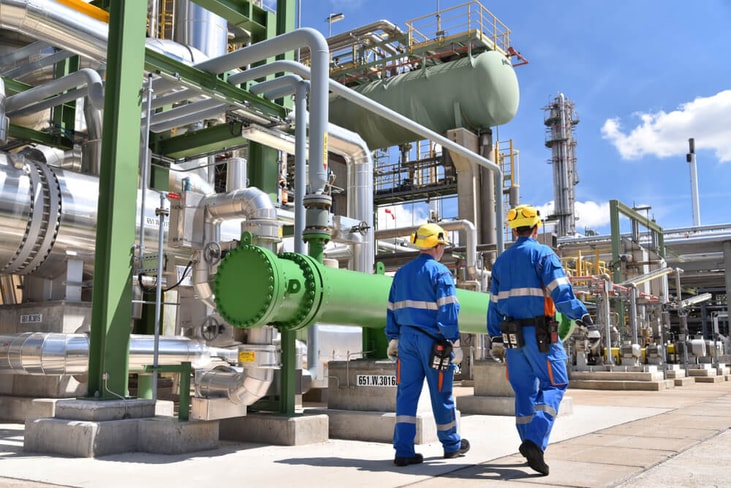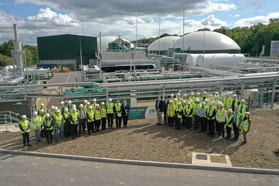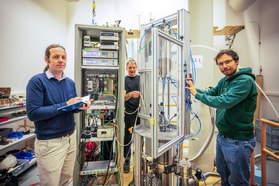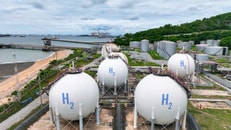Analysis: What the industrial gas model means for hydrogen’s future
Industrial gas companies sit at the heart of the hydrogen value chain – and now face pivotal choices about their future. With decades of experience in hydrogen production, logistics, and safety, they’re arguably the best-positioned players to scale hydrogen. But they are also, by nature and necessity, risk-averse.
The traditional industrial gas model relies on long-term, take-or-pay contracts that deliver predictable returns on major infrastructure. It’s built for resilience, not speed or experimentation.
This structure was tested when investors ousted Air Products’ long-time CEO Seifi Ghasemi, who had positioned the company’s clean hydrogen investments as a play for “first mover advantages.” As more projects landed, cash reserves fell and debt climbed, diverging from the sector’s traditional risk posture.
His successor, Eduardo Menezes, announced a $3.1bn write-down as the company exited three US projects, including green hydrogen and sustainable aviation fuels.
... to continue reading you must be subscribed
























